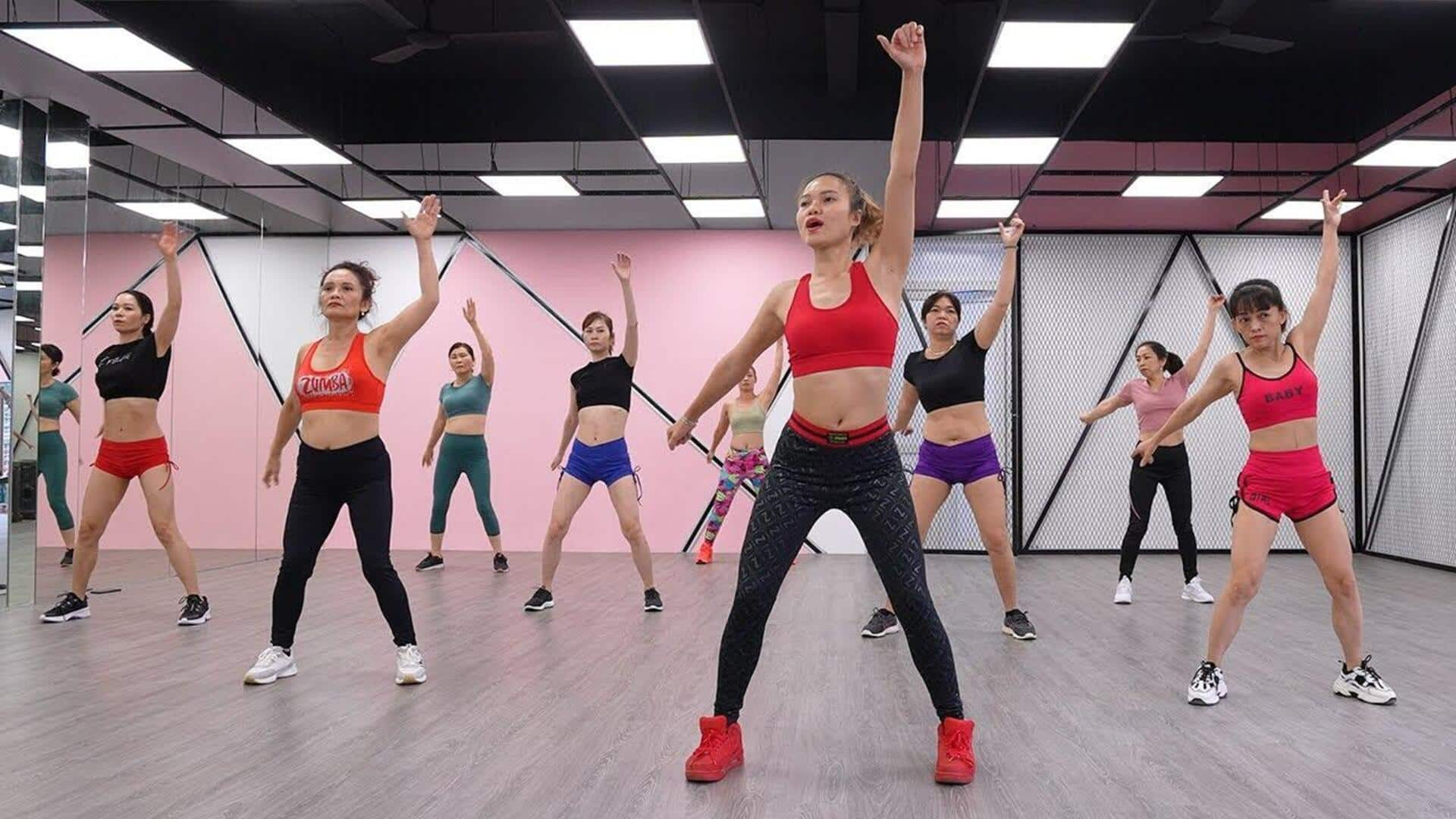
Ballet or aerobics: Which improves your balance?
What's the story
Ballet and aerobics are two popular forms of exercise, each offering unique benefits. While both can contribute to improved balance, they do so in different ways. Ballet is known for its emphasis on posture and grace, while aerobics focuses on cardiovascular fitness and rhythmic movements. Understanding how each discipline enhances balance can help individuals choose the right exercise for their needs.
#1
Ballet's focus on posture
Ballet places a strong emphasis on posture and alignment, which are key to maintaining balance. Dancers are trained to keep their bodies aligned, which helps strengthen core muscles and improve stability. The slow, controlled movements of ballet require constant adjustments to maintain equilibrium, making it an excellent practice for enhancing balance over time.
#2
Aerobics' dynamic movements
Aerobics incorporates dynamic movements that elevate heart rate and improve coordination. The fast-paced routines require quick footwork and body shifts, which can enhance one's ability to maintain balance during unpredictable situations. The high-energy nature of aerobics also promotes overall body awareness, contributing to better balance as participants adapt to varying tempos and patterns.
#3
Strengthening core muscles
Both ballet and aerobics help strengthen core muscles, which are essential for good balance. In ballet, exercises like plies and releves target the core, while in aerobics, activities like jumping jacks or step-ups engage these muscles through repetitive motion. A strong core provides a stable foundation for all kinds of movements, making it easier to stay balanced.
#4
Improving coordination skills
Improving coordination skills is another way both ballet and aerobics help with balance. Ballet's intricate footwork and hand positions require precise timing between different body parts. Aerobics' choreographed routines demand synchronization between upper and lower body movements at varying speeds. These coordination drills improve neuromuscular connections that are essential for maintaining balance in everyday activities.